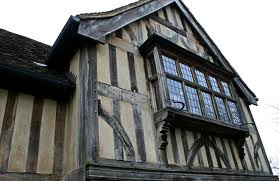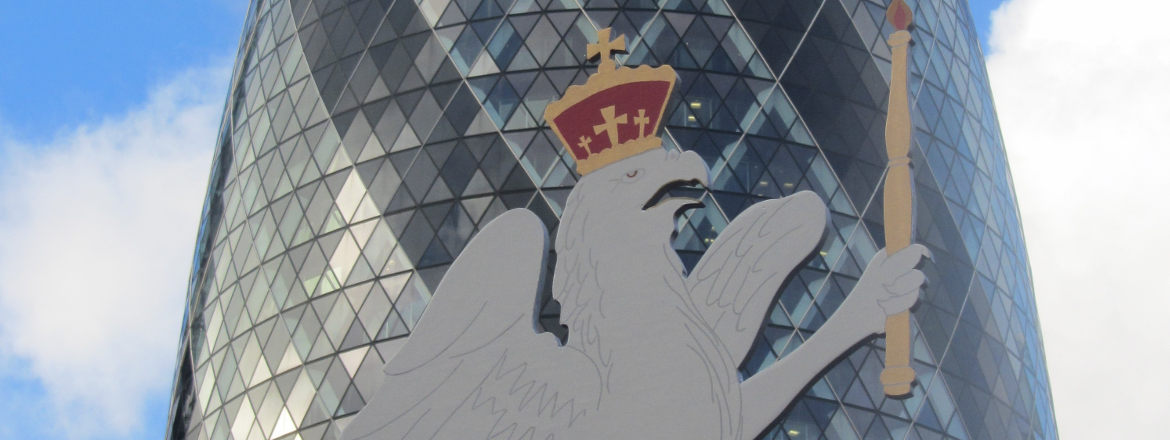A wing of it, beautifully restored, recently went on the rental market for around £2,000 a month. A hundred years ago it was a row of rather sorry-looking shops. Before the first Tudor became king it was already too small and old-fashioned to be a manor house. In between it has been a farm, an auction room, a bike repair shop and a café. It was saved from collapse and given a new roof in memory of a local builder in the 1930s. It has featured in countless photographs and indifferent paintings. It only became known as The Ancient House of recent years.
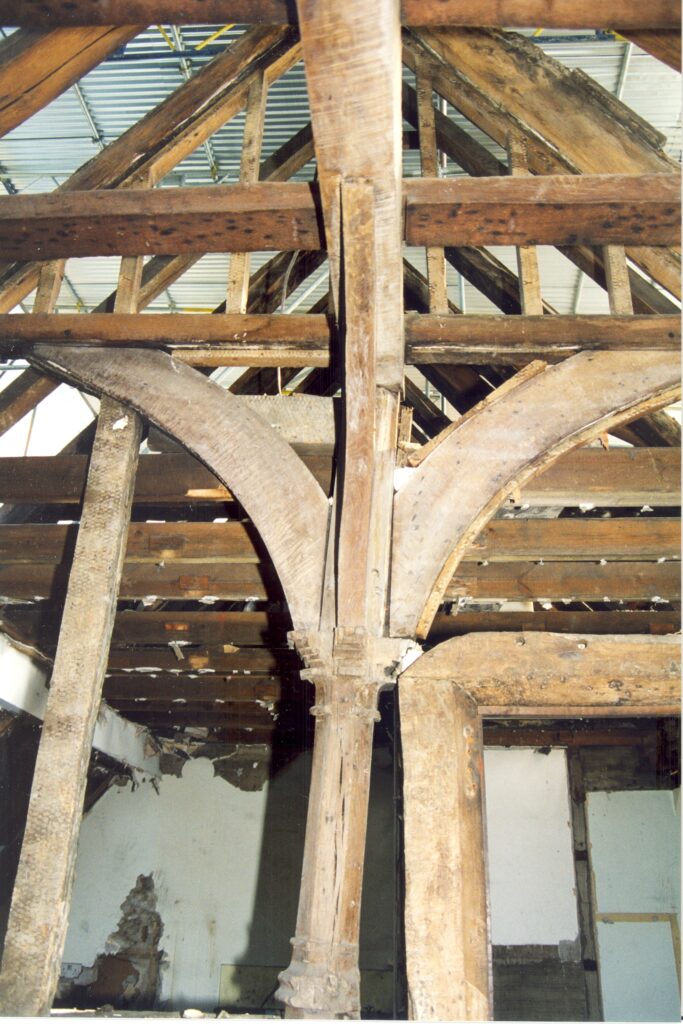
There has been a house on the site, conveniently situated opposite the equally ancient St Mary’s Church, since perhaps the twelfth century, when Ralph de Toni married Alice, a niece of William the Conqueror. Their descendants were, initially, Lords of the Manor of Walthamstow. As time went on the manor was divided up, initially into two – the high and low halls. But the high hall became known as Walthamstow Toni, and over time several other manors were chipped off the two main ones. And it seems that the first manor house was no longer big enough or up to date enough for the tastes of its late mediaeval occupants. So they built themselves a new home in what was one day to become Shernhall Street (its stables and outhouses were still in place until a few years ago). And it looks as if the old manor house – probably a hall with a fire in the centre – was demolished and replaced with the current one. The beams of its roof were still trees in the 1430s.
That new house appears to have been rented out as a farmhouse, complete with a small parcel of land. It may have belonged initially to the Vicar of Walthamstow, John Hill, who owned several properties locally. From the description, this could have been a property called Kykelwoldys, one of the houses Hill left to various relatives in 1480. The property was a copyhold – a form of leasehold – from the Manor of Walthamstow Tony, and was home to a number of different residents in the next two centuries. By 1757 the building had gone down in the world, becoming two separate dwellings, both owned by one Theophilus Green. Walthamstow was growing, albeit slowly, now with a population of around 3,000. The main commercial area was still around Orford Road – Hoe Street and Marsh Street (the present day High Street) were lined with grand houses, mostly in extensive gardens, for the most part the homes of City merchants who needed easy access to their places of work. They would have scorned the Ancient House as being too small and too old fashioned. It survived because it went on being useful.
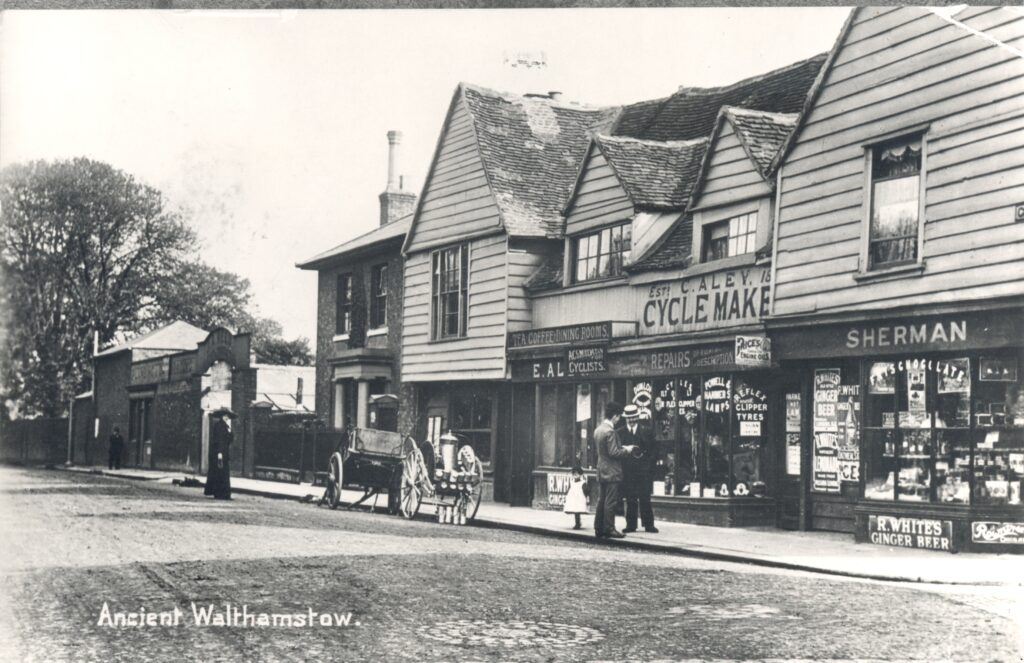
Through most of the nineteenth century the building was in use as several small shops, a workshop and, at one time, a smokehouse. It became very run down, and, in the 1890s, narrowly escaped being sold as being “ripe for development”. At that time the commercial centre of Walthamstow was moving with the arrival of the new Hoe Street station (now Walthamstow Central) and development further north and west. Marsh Street became the High Street, the outdoor market arrived, and the grand houses began to be replaced by shops. Yet also at this time Walthamstow, as other places, became aware of its own history. The Antiquarian Society was founded, and some of its members began to write, in the local paper and in their own publications, about the history of the area in terms both of buildings and of people.
The Ancient House gained its name but continued to go downhill. Early twentieth century pictures show it with a weatherboarded front and a sagging roof. The Fuller family, already established as local builders, bought and restored it in honour of their grandfather. Two thirds of the weatherboarding went, and the building was given what was then regarded as a Tudorbethan appearance. The Fullers continued to let it out as several small shops for some years – by the 1980s these became flats, and in 2000 more structural work was needed, and different choices made in terms of windows and the layout of the courtyard garden. The flats, relatively small, were charming but without central heating. The one in the central range included a hallway open to the roof with a mezzanine bedroom including a large and much needed fireplace. It was worth the effort of carrying coal, as this was the one way of keeping warm on a bitter night. Now it appears that there is central heating – less authentically early modern, but with far less carrying involved.
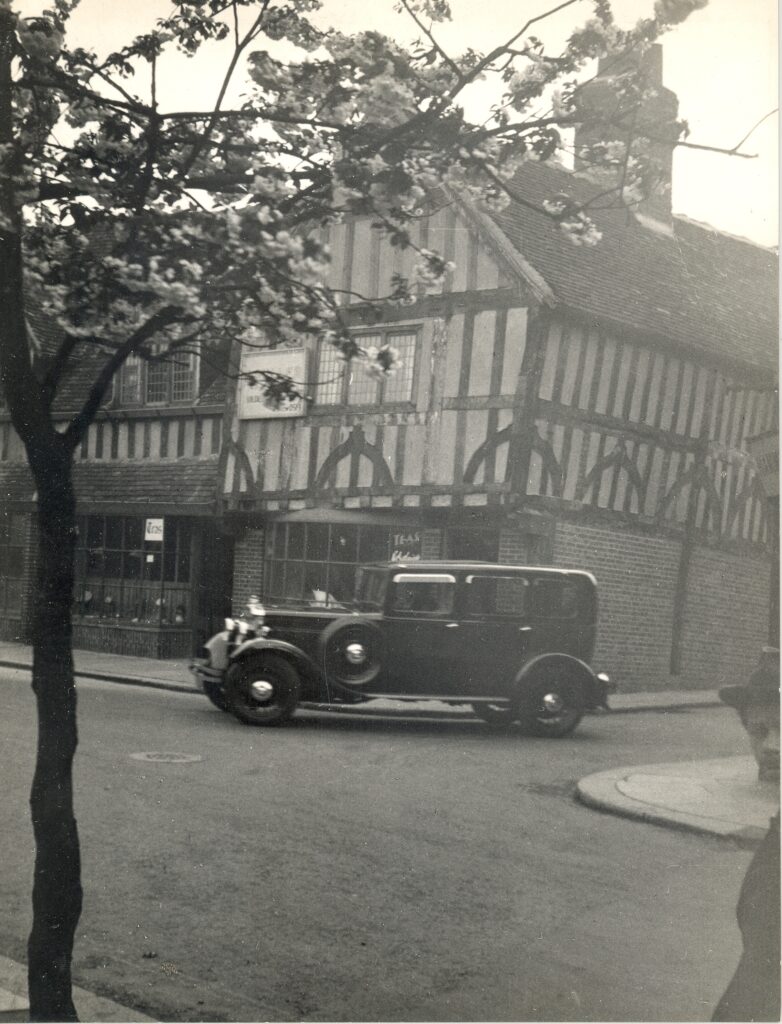
There are benefits and drawbacks to living in an icon in what is now termed “the heart of Walthamstow Village”. Residents have to get used to would-be visitors peering through the windows and scrabbling at the doors at all kinds of hours, hoping for a guided tour. But there is always the prospect of coming home to beauty and having an evening drink surrounded by six centuries of history. The tenants of the past century or so would certainly recognise the place, but would probably be bewildered by the curious or envious eyes outside.
